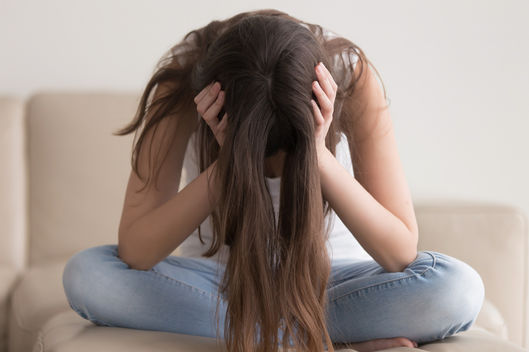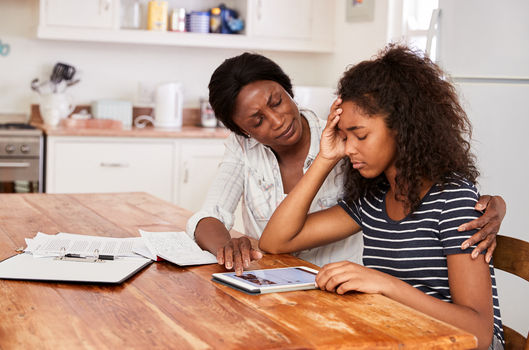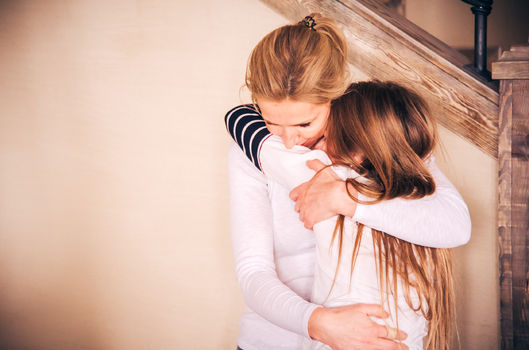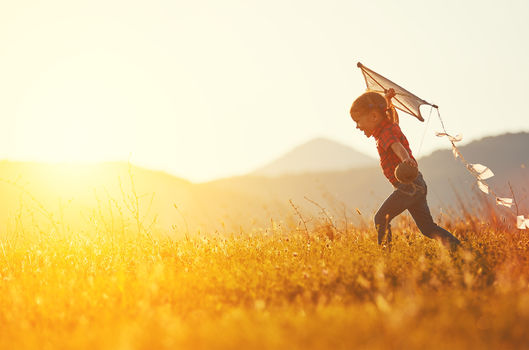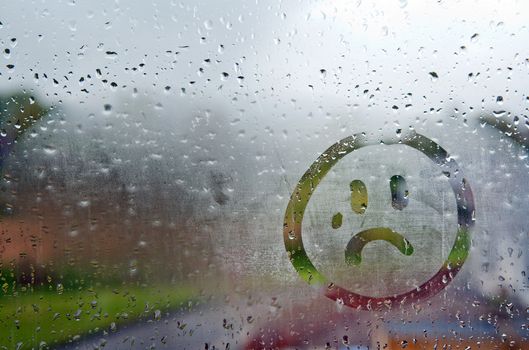What is Harmful Sexual Behaviour?
There is no consistent or universally agreed meaning of the term ‘harmful sexual behaviour’, but here is one useful definition:
Sexual behaviours expressed by children and young people under the age of 18 years old that are developmentally inappropriate, may be harmful towards self or others and / or be abusive towards another child, young person or adult.
Examples of harmful sexual behaviour can include sexual touching of others without consent, taking/sharing sexual images of other children, or engaging much younger children in sexual conversation/activity.
It is important to establish whether the sexual behaviour is problematic or abusive.
Sexual behaviour may be abusive if:
• It involves others without their true agreement or consent
• It involves force or threats
• It involves physical or emotional violence
• The other person involved is not equal to the child (such as much physically/emotionally immature, inferior position of power)
• It involves persuasion, bribery, pressure, coercion
• It is against the rules/against the law
Child sexual abuse is preventable. There are steps we can take to help young people develop healthy sexual behaviours. When harmful sexual behaviour has taken place there are steps we can take to address these to prevent further harm.
Can children sexually abuse other children?
At least one third of all sexual offences against children and young people in the UK are committed by other children and young people, (Hackett, NSPCC 2016). Children of all ages can display concerning or potentially harmful sexual behaviour. Harmful sexual behaviour is more commonly seen in boys, but is not exclusive to boys. Girls can and do carry out harmful sexual behaviours also.
The consequences of harmful sexual behaviour can be devastating and long lasting for victims. The consequences of harmful sexual behaviour can also be devastating and long lasting for those who have committed harm. Child sexual abuse is preventable. There are steps we can take in talking to children and young people and help them to understand what sexual behaviours are ok, not ok and what behaviours are harmful and why. As with any behaviours, children and young people need guidance and support to follow a positive path in developing healthy attitudes to sex and relationships and live healthy, harm free lives.
We need to protect young people from experiencing and carrying out sexual harm. Finding out your child has committed harmful sexual behaviour can be devastating. Identifying and addressing harmful sexual behaviours carried out by children and young people can be difficult. Children may carry out harmful sexual behaviours for a number of complex reasons.
It is important to remember that children are children first and foremost – even those that have caused harm to others. We need to aim to understand their harmful sexual behaviours, what developmental experiences may have contributed to their behaviours, and support these young people and those they have harmed in a positive way to prevent further abuse and protect all children from harm.
Why do some children sexually harm others?
The reasons why children sexually harm others are complicated and not always obvious. Some have been emotionally, sexually or physically abused themselves, or witnessed physical or emotional violence at home. Some may have been exposed to online sexual images or content at an age they were not ready for. And some may just struggle to understand boundaries about what is OK and not OK in relationships.
For many children harmful behaviour will be a passing phase they grow out of. However the harm they cause to other children can be serious and some will go on to abuse children in adulthood if they do not receive help. For these reasons it is vital to seek advice and help as soon as possible.
What is age appropriate for my child?
We all know that children pass through different stages of development as they grow, and that their awareness and curiosity about sexual matters change as they pass from infancy into childhood and then through puberty to adolescence. Each child is an individual and will develop in his or her own way.
However, there is a range of expected behaviours linked to a child's age and developmental stage. Sometimes these will involve some exploration with other children of a similar age. It can be difficult to tell the difference between age appropriate sexual exploration and warning signs of harmful behaviour.
For example, children at different ages may start to express themselves with some sexual behaviours:
Children under 5
Children under 5 will commonly look at or touch their genitals and show an interest in body parts. However, it would not be expected for children under 5 to sexually touch other children, simulate sex, or use explicit sexual language.
Children aged 5 – 9
Children aged 5 - 9 may show signs of curiosity about sex, asking questions or feeling and touching their own genitals. However, we would not expect children of this age to have adult-like sexual knowledge, access sexual material online or engage others in sexual activity.
Children aged 9 – 13
Children aged 9 - 13 may start to engage in consensual hugging, kissing and hand-holding, or masturbate when alone. However, it would not be expected for them to expose their private parts in public or have sex.
Children aged 13 – 17
Children aged 13 - 17 may show an interest in online sexual material or have consenting sexual behaviours with similar aged peers. However, we would not expect them to use aggression, persuasion or coercion to engage others in sexual activity, or have sexual activity with others within their family.
Occasionally we may need to explain to children why we would prefer them not to continue with particular behaviour. This is a chance to talk with them about keeping themselves and others safe, about respect, consent and boundaries, and to let them know that you are there for them.
Children can display harmful sexual behaviours at any age, however harmful sexual behaviours are most commonly seen commencing from age 11-13 upwards, coinciding with their stage of development into puberty and the introduction of increased sexual awareness and interests.
Children with additional support needs may develop at different rates, and can be more vulnerable to abuse. Children with learning disabilities, for example, can sometimes behave sexually in ways that may be out of step with their age. It is essential that children with additional support needs have access to information that helps them understand relationships, sexual health and their own sexual development as well having access to support in relation to any worries they have.
Remember that each child develops and at his or her own pace. If you have any worries or questions about a child you know, talk to someone about it. Your health visitor, GP or child's teacher may be able to help, or you could ring the Stop It Now! helpline on 0808 1000 900.
More information about expected, normal sexual behaviour for children at different ages, and how this differs from harmful sexual behaviour, can be found at Brook Traffic Light Tool This resource was developed for child care professionals but may be of interest to parents and any adults concerned about a particular child.
You can find out more about what we can all do to prevent Harmful Sexual Behaviour in childhood and adolescence Preventing Harmful Sexual Behaviour in childhood and adolescence section
Preventing Harmful Sexual Behaviour in childhood and adolescence
Practical steps we can take in talking to children and young people
Warning signs that a child may be risk to another child
Children can sometimes present a risk of sexual abuse to another child.
Abuse of children with disabilities
Why children with a disability are three times as likely to suffer sexual abuse than other children.
Child Sexual Abuse - Dispelling the myths
There are lots of myths in the area of child sexual abuse. Let's dispel some of these and learn the truth.
Did you know?
Around a third of sexual abuse is committed by other children and young people
Source - Hackett, S. (2014) Children and young people with harmful sexual behaviours.
Read more